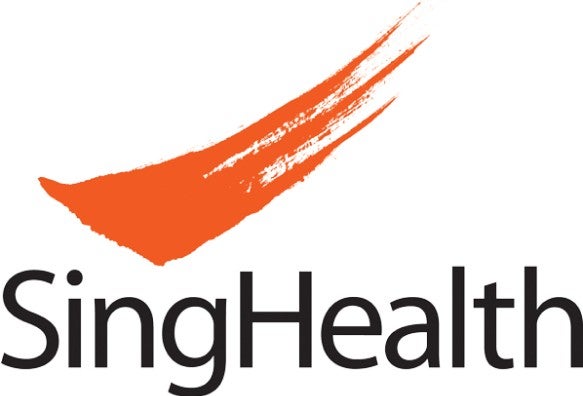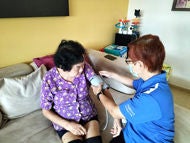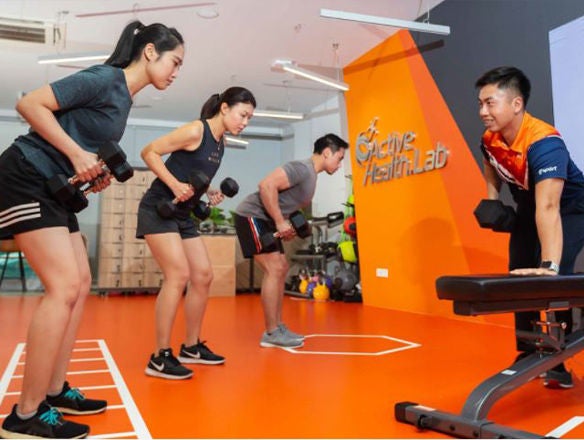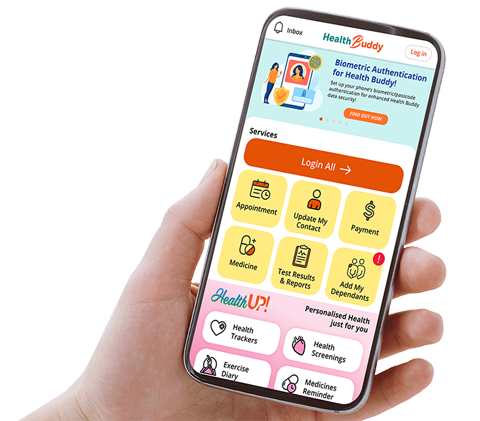What is - Continuous Positive Airway Pressure Therapy (CPAP)
Obstructive sleep apnoea (OSA) is a condition caused by repeated upper airway obstruction during sleep, due to narrowing of the upper airway. It occurs when the muscles controlling the upper airway relax during sleep, resulting in a collapse or narrowing of the airway. This causes oxygen levels in the blood to decrease.
Upper Airway Anatomy

The Apnoea Hypopnoea Index (AHI) represents the number of apnoea (pauses in breathing) and hypopnoea (reduction in breathing) events per hour of sleep during your sleep study, and indicates the severity of your sleep apnoea.
Treatment for Continuous Positive Airway Pressure Therapy (CPAP)
CPAP Therapy
Continuous Positive Airway Pressure (CPAP) therapy is the gold standard and most effective non-surgical treatment for OSA. The CPAP machine uses gentle air pressure to keep your airway continuously open, allowing you to breathe easily during sleep.
- Automatic CPAP varies the pressure through the night, giving you the necessary pressure to keep your airway open during sleep
- Fixed CPAP provides constant air pressure through the night
Benefits of CPAP therapy
- Reduces/eliminates apnoeas and snoring
- Better sleep for yourself and your bed partner
- Feeling more rested and alert during the day
- Consistent use of CPAP can help control your blood pressure even during the day
- Consistent use of CPAP can reduce the risks of heart disease and stroke
- Improves memory and cognition
Maintaining My CPAP
- Handwash with soap and lukewarm water
- Mask/mask cushion daily
- Headgear weekly
- Tubing monthly
- Air-dry away from direct sunlight
- Hang up the tubing to dry, with the open ends facing down and away
- from sunlight
- Use cooled boiled water or sterile water for the humidifier chamber, and empty the water before adding more
Effective Tips and Tricks Using CPAP
- Caused by cold air blowing through your nose or keeping your mouth open
- Use a heated humidifier
- Get a chin strap to keep your mouth closed when a nasal mask is used
- If you have a frequent blocked nose, talk to your doctor about
- decongestants or nasal sprays
Eye, nose bridge and skin irritations?
- Caused by inappropriate mask fitting; excessive tightening/loosening of mask straps
- Can be relieved by fitting the mask interface as per user guide
- Snugly fit the head/mask strap without compromising on the mask leak threshold
- It takes time to adapt – usually at least 4 weeks of continuous use
- If you are unable to sleep with it, try it when you are really tired, or for short periods during the day and gradually increase the usage time
- If you feel that the prescribed pressure is intolerable, your doctor may be able to adjust it

- There are smaller travel size (palm-sized) CPAP machines for users who are frequent travellers
- Do remember to bring along a copy of your CPAP prescription as it may be required during customs clearance
Contributed by
The information provided is not intended as medical advice. Terms of use. Information provided by SingHealth.
Condition Treated At
Department
Otorhinolaryngology - Head &Neck Surgery
Department
General Medicine
Get to know our doctors at SingHealth Hospitals in Singapore.
Get to know our doctors at SingHealth Hospitals in Singapore. here.




















